The Federal Republic of Nigeria is an African country located in West Africa. The sovereign nation of over 232 million people has thirty-six federal territories and the Federal Capital Territory, Abuja. But what was the first capital of Nigeria? Discover the history of the country's national and federal capital cities.

Source: Getty Images
TABLE OF CONTENTS
Abuja is Nigeria's capital city, a function it has served since 1976. However, Abuja is one of many Nigerian metropolises to be declared as the country's administrative centre. The curious evolution of the nation's capitals throughout history reveals an intriguing heritage and an enduring pursuit for unity.
What was the first capital of Nigeria?
Lagos is the first national administrative centre for the West African nation. It was declared as such during the Amalgamation Proclamation of 1914 by Sir Frederick Lugard, the Governor General, after the unification of the Nothern and the Southern Protectorates. The nation has had two official capitals since 1914.
Lagos (1914–1991)
On 1 January 1914, the newly appointed Governor General of Nigeria, Sir Frederick Lugard, announced Lagos as the first capital city. In his speech during the Amalgamation Proclamation of 1914, Lugard declared that:
For the present, the Central Headquarters will remain at Lagos, and the Governor-General will divide his time between the Headquarters Stations of the Northern and Southern Provinces.The evolution of the nation's capital cities begins with Nigeria's colonisation by the British Empire. According to The History Ville, this journey started with the unification of the Southern and Nothern Protectorates in 1914 under Governor-General Sir Frederick Lugard.
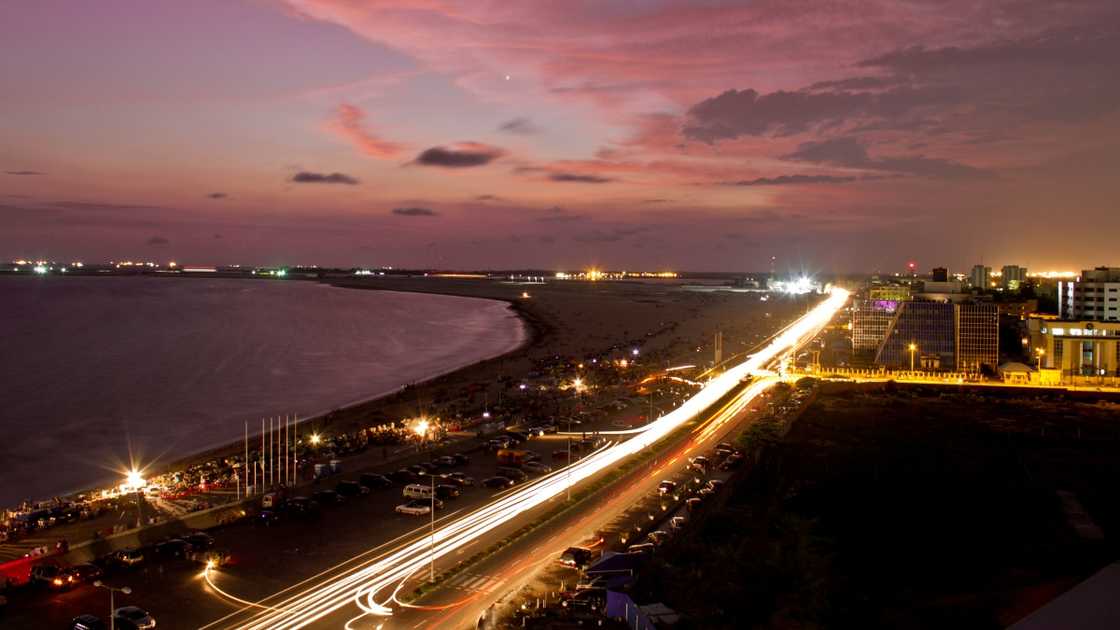
Source: Getty Images
Prior to the unification of the British Protectorate, Calabar in Cross River served as the central administrative centre for the Southern Protectorate. Before 1914, Kaduna City in Kaduna was the political capital of the Northern Protectorate.
Abuja (1991–present)
Where was the second capital of Nigeria? On 12 December 1991, the Federal Capital Territory (FCT), Abuja, replaced Lagos as the first principal city of the nation, leveraging its status as a planned metropolis. The country's Federal Capital Development Authority commissioned the city's planning in 1979.
Was Calabar the first capital of Nigeria?
According to Pulse Nigeria, after coming under English rule on 10 September 1884, Old Calabar was designated as the first principal city for the Southern Protectorate, the Oil River Protectorate, and the Niger Coast Protectorate. Currently, it serves as the regional administrative centre for the Cross Rivers.
Calabar, known initially as Akwa Akpa in the Efik language, is located in the Southeastern region of the country. It served as a significant precolonial trading port for the West African region.
Was Lokoja the first capital of Nigeria?
In 1900, Sir Frederick Lugard settled in Lokoja, making it the regional seat of government before moving the administration centre further up the Niger River to Jebba in 1902. In the same year, he moved the regional capital to Zungeru in Niger.
In 1912, Lord Lugard's quest for a more accessible and centrally located administrative centre led him to Kaduna. Although he declared Lagos as the seat of the government in 1914, he did not hide his preference for Kaduna.
The History Ville records his sentiments in one of his papers, where he advised the move to Kaduna. He wrote:
Government House, Lagos, would make an excellent hotel if the transfer to Kaduna was achieved.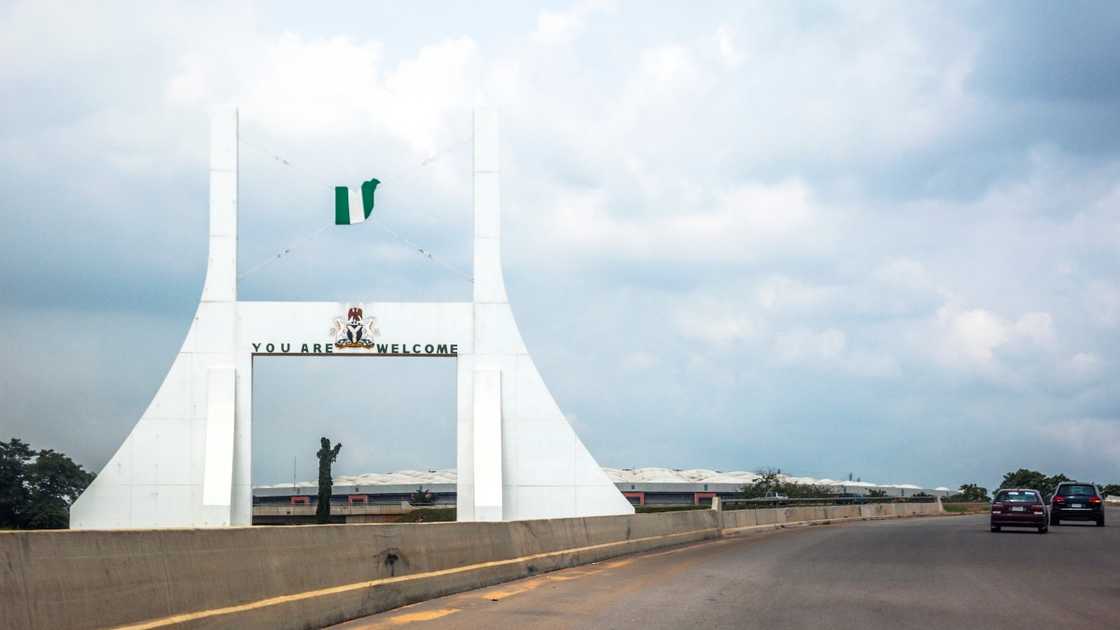
Source: Getty Images
What are the 36 states of Nigeria and their capitals?
The Federal Republic of Nigeria has six geopolitical zones, each with several federal territories and the Federal Capital Territory of Abuja. Here are details of each state and their administrative centres arranged by the Northern geographical zones.
Table 1
| State | Administrative centre |
| Benue | Makurdi |
| Kogi | Lokoja |
| Kwara | Ilorin |
| Nassarawa | Lafia |
| Niger | Minna |
| Plateau | Jos |
| Adamawa | Yola |
| Bauchi | Bauchi |
| Borno | Maiduguri |
| Gombe | Gombe |
| Taraba | Jalingo |
| Yobe | Damaturu |
| Jigawa | Dutse |
| Kaduna | Kaduna |
| Kano | Kano |
| Katsina | Katsina |
| Kebbi | Birnin Kebbi |
| Sokoto | Sokoto |
| Zamfara | Gusau |
Table 1
| State | Administrative centre |
| Abia | Umuahia |
| Anambra | Uyo |
| Ebonyi | Abakaliki |
| Enugu | Enugu |
| Imo | Owerri |
| Akwa Ibom | Awka |
| Bayelsa | Yenagoa |
| Cross River | Calabar |
| Delta | Asaba |
| Edo | Benin City |
| Rivers | Port Harcourt |
| Ekiti | Ekiti |
| Lagos | Ikeja |
| Ogun | Abeokuta |
| Ondo | Akure |
| Osun | Oshogbo |
| Oyo | Ibadan |
What are the two capitals of Nigeria?
Lagos and Abuja have served as the only two capital cities of the country. Currently, the national centre of the Kings and Chiefs of Old Calabar is the Federal Capital Territory, Abuja. The decision to move the country's administrative centre to the Federal Capital Territory (FCT), Abuja, was made to foster religious and ethnic unity.
Who moved the capital of Nigeria from Calabar to Lagos?
The British colony administration moved the country's administrative headquarters from Calabar after the Chiefs of Old Calabar signed the 1884 Treaty of Protection with the British.
How long was Calabar the capital of Nigeria?
The territory of Old Calabar served as the first colonial government centre for the Southern Protectorate and the Oil Rivers Protectorate. However, this changed in the fourteenth year of the 20th century when the administrative centre was changed to Lagos.
Lagos was the first capital of Nigeria and became the country's first administrative centre in 1914. Later, it was moved to Abuja, and it has remained so until now. Each of these regions played a significant role in the nation's history.
Legit.ng also published an article on how the states were created in Nigeria. Each federal region in the West African country is a semi-autonomous political unit with its own administrative unit.
The 36 federal territories of Nigeria are home to over 230 million culturally diverse people. Read on for the fascinating history behind the creation of federal territories in the country and their creators.
Source: Legit.ng







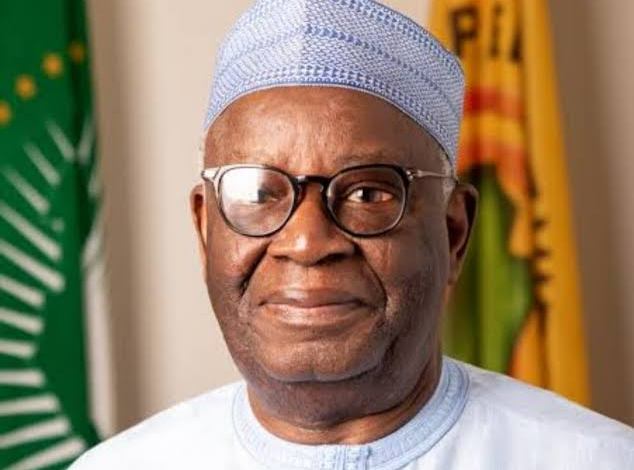
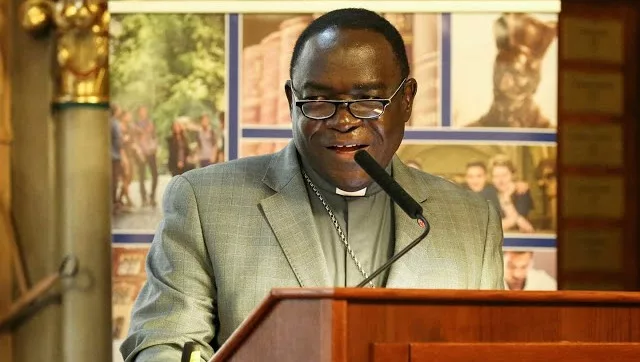


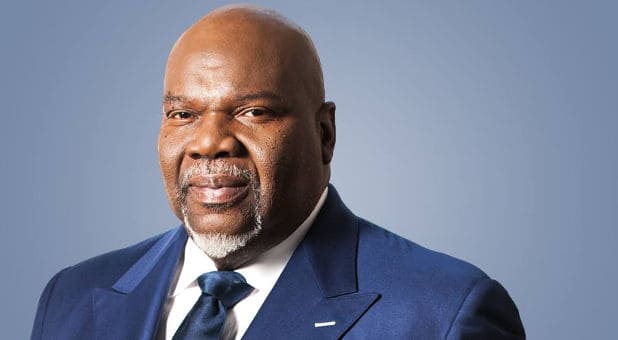


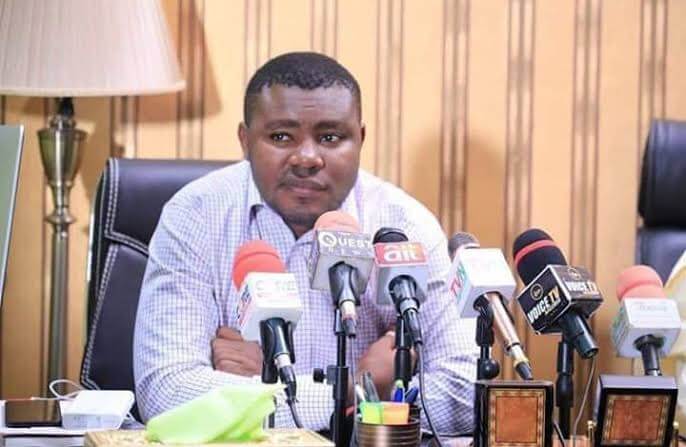

 English (US) ·
English (US) ·